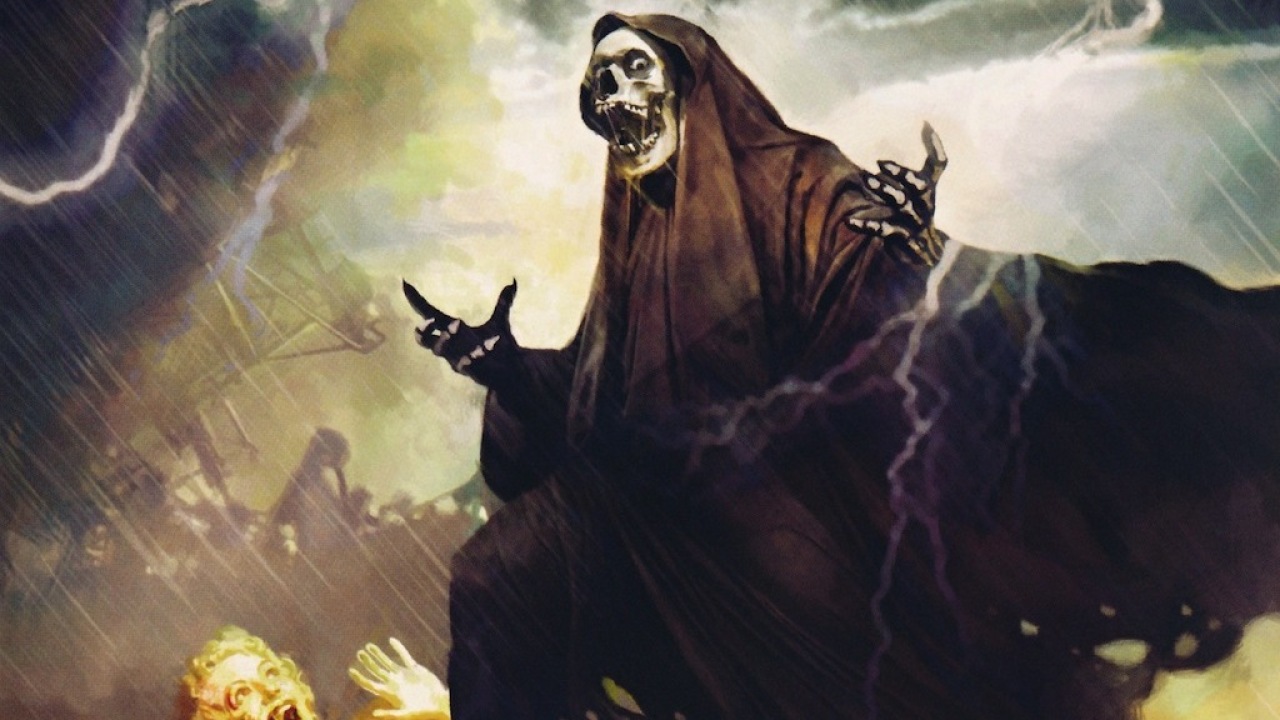They've got a hell of a history, these boys. The Misfits' 34-year, stop-go saga has been long on drama.
All was banging along smoothly until Glenn Danzig decided to wrap up the band and go solo in 1983, much to the dismay of fellow co-founder Jerry Only. Cue protracted legal wrangles over rights and royalties, on-stage walkouts, and some key shifts of allegiance (even Only’s brother, one-time Misfits guitarist Doyle Wolfgang von Frankenstein, was off touring with Danzig at one point). That the Misfits are still around at all is a minor miracle in itself.
All this cat-scratching has tended to dilute the curious power of the Misfits’ legacy. They were a band forged in the white heat of No Wave New York, juicing up the spirit of ’77 with the trashy spirit of 50s horror and roaring out as a punk-metal hybrid. Sly hooks and B-movie thrills have long been the Misfits’ central motifs, with a reach to make other bands go green. Five tribute albums and covers by everyone from Guns N’ Roses and Metallica to the Lemonheads and Cradle Of Filth are tangible proof.
All of which makes The Devil’s Rain – their first album of original material for 12 years, and from a new, Jerry Only-fronted line-up – feel like a missed opportunity. The time was surely ripe to either: (a) reinvent the band completely, (b) send themselves up in a spectacular blast of hell-in-a-handcart irony, or © lay bare the stony truths and struggles of life as the Misfits. Preferably even all three.
Yes, The Devil’s Rain is loud, lairy and heaving with moshy-monster riffs. But it doesn’t really have much to say. And that’s not just the lyrics. There are promising titles such as Ghost Of Frankenstein, Jack The Ripper and Twilight Of The Dead, but little in the way of memorable tunes or a brutal melody. And while Only is a decent singer – like a more animated Dave Vanian – he’s no Glenn Danzig. Nor, for that matter, is he a Michale Graves, who fronted the Misfits’ in the late 90s.
It’s not all gloom, though. Cold In Hell is raw and punchy, as is Sleepwalkin’, with its fiendishly evil guitar line and full-lunged yelp. And the 50s-style pastiche Where Do They Go delivers both thrills and chills as it essays the tale of a real-life murder in Juarez, complete with hand-claps and female backing vocals. By the time the genuinely great Death Ray ties things up, though, it feels like too little too late.
The Misfits of 2011 sound like a band whose fantasy life holds far less fascination than their real one.

